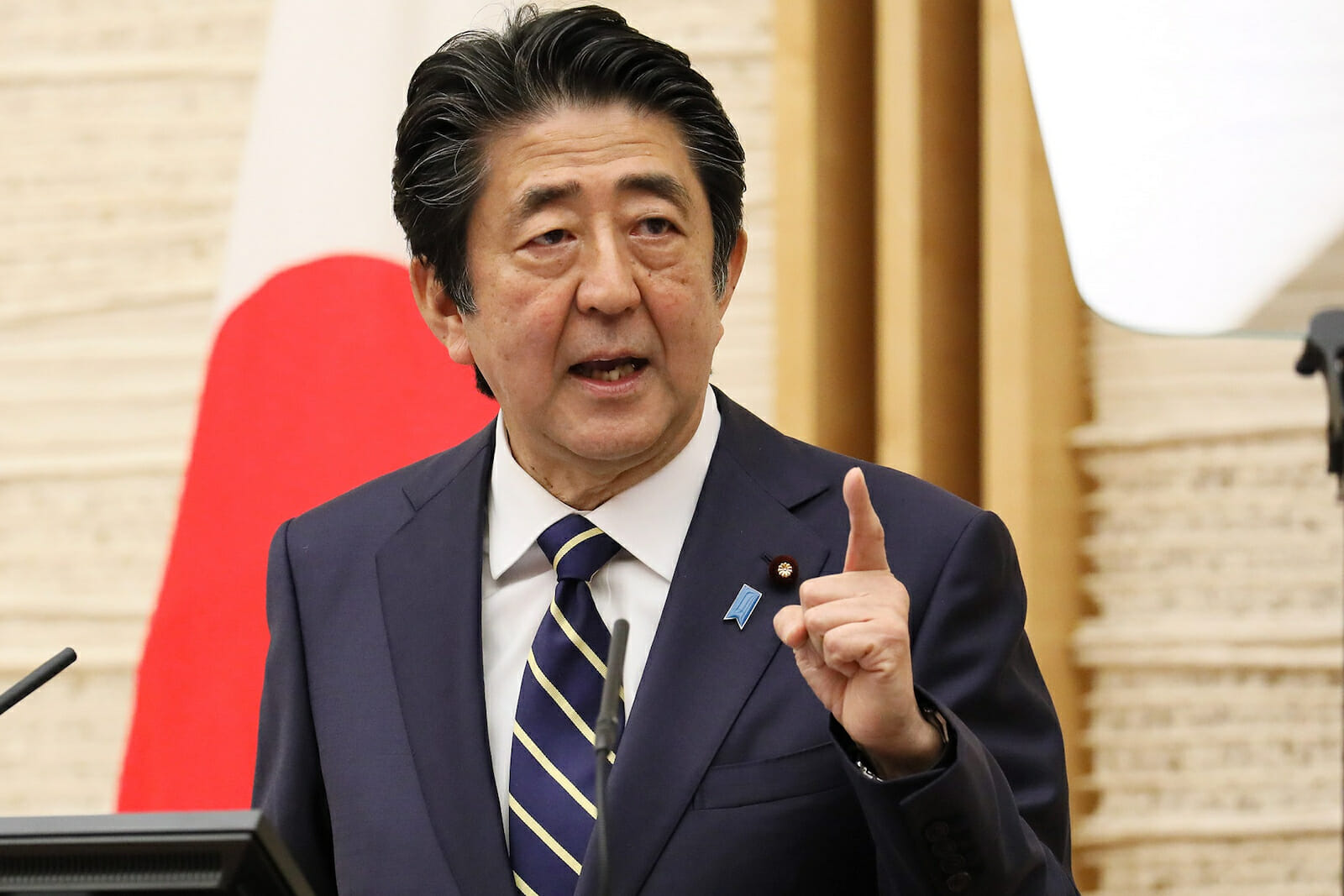
COVID and Japan’s Second Wave
The COVID-19 pandemic has not yet ravaged Japan. As of mid-July, the United States and many countries in Europe recorded hundreds of thousands of deaths and saw their healthcare capacity stretched to a near breaking point during the first wave of the pandemic, meanwhile Japan has thus far recorded only about 1,059 novel coronavirus related deaths. Grim predictions offered in early April that Tokyo would be the next New York never materialized. Instead, by May the reported number of new COVID-19 cases began to decline.
These developments led some observers to credit Japan’s unique approach of minimal testing, or the cluster-based approach, and soft lockdowns with saving Japan from the fate of other more severely affected nations. But, with Tokyo, and many other regions of Japan, announcing record-breaking case numbers over the past week, it appears that Japan is slipping into a second wave of the pandemic.
During Japan’s initial response to the pandemic, Tokyo never imposed aggressive lockdowns or engaged in mass testing, which was the preferred approach in other East Asian countries. Even when Prime Minister Shinzo Abe declared a nationwide state of emergency in April, measures imposed appeared shockingly soft in comparison to measures seen in large parts of Europe and the United States. Japan’s emergency measures instead relied heavily on voluntary requests to the public to avoid what would become known as the “three C’s,” closed spaces, crowded places, and close-contact settings. Given the comparative lack of testing in Japan, it is difficult to assess the extent to which these numbers represent the success of a “Japan Model,” which emphasized identifying and containing outbreak clusters as opposed to mass testing. And, only weeks after Japan’s state of emergency was lifted on May 28, Tokyo’s case numbers began to creep up once again. Did Japan’s minimal testing create a false sense of security that opened the door to a second, and perhaps for Japan, a more severe wave of the pandemic?
During Japan’s response to the first wave of the pandemic, Japan’s overall testing numbers were significantly lower than in the United States or Europe. International media reported widely on the difficulty faced in getting tested for COVID-19. For example, an international resident, who consented to be interviewed, was admitted to the hospital after testing positive for COVID-19 during the state of emergency. However, prior to being hospitalized, he was refused testing three consecutive times from three different hospitals.
But what accounts for such stories as the above? Why did Japan test so little? Japan’s focus on identifying clusters and reducing pressure on hospitals meant that it was extremely difficult to secure a test for those who were not already experiencing severe symptoms or part of an identified cluster.
On July 16th, Tokyo recorded 286 new coronavirus cases, which set a new single-day record. Despite a sharp spike in new cases nationwide, Abe’s government is continuing to hit a discordant note through its instance on keeping up the impression that Japan has already tackled the pandemic. Given Japan’s experience in countering the first wave can we expect more testing or a continued reliance on a cluster-based approach that would see minimal testing? Although statistics released by the Tokyo Metropolitan Government confirms that there has been a rise in numbers of tests and compared with April and May with testing having increased up to 30-32% in numbers of tests in June and July, this number still pales in comparison to the number of tests conducted in comparable countries such as the United Kingdom.
As in the first wave, Tokyo’s Governor Yuriko Koike has emphasized restraint and caution. Recently, Koike expressed her growing concern over the rise in cases to the residents of Tokyo but offered no concrete measures to reduce the virus’s spread. Koike instead warned Tokyo’s residents about visiting bars, pubs, and restaurants. Koike also pointed out that Prime Minister Abe’s government appeared to be encouraging risky behavior through the government’s “Go to Travel Campaign” which provides financial subsidies to stimulate tourism. As a result of a sudden rise of the infected people in Tokyo, instead of canceling this campaign, Abe’s government simply decided to exclude Tokyo.
As Japan’s cases begin to rise again, it appears Japan has failed its first test in confronting its second wave. Rather than taking strong proactive measures to contain the virus at the beginning of July, Japan has allowed cases to continue to rise, and today more and more regions of Japan are seeing a record number of new cases.
While the “Japan Model” may have helped Japan dodge the first wave of the pandemic, it is advisable for Japan to significantly expand testing so as to get a better grip on just how far the virus has spread. Identifying and isolating existing cases will be crucial to bringing the second wave back under control. A targeted request for high-risk businesses to close including nightclubs, pubs, bars, and indoor restaurants, could also help mitigate the virus’s spread. These measures, along with reinforcing a strong public message that educates the public as to the risks of exposure to the virus, and encouraging businesses to allow their employees to continue to work from home for the foreseeable future are what is needed to ensure that Japan’s second wave does not prove much more deadly and costly than the first.
